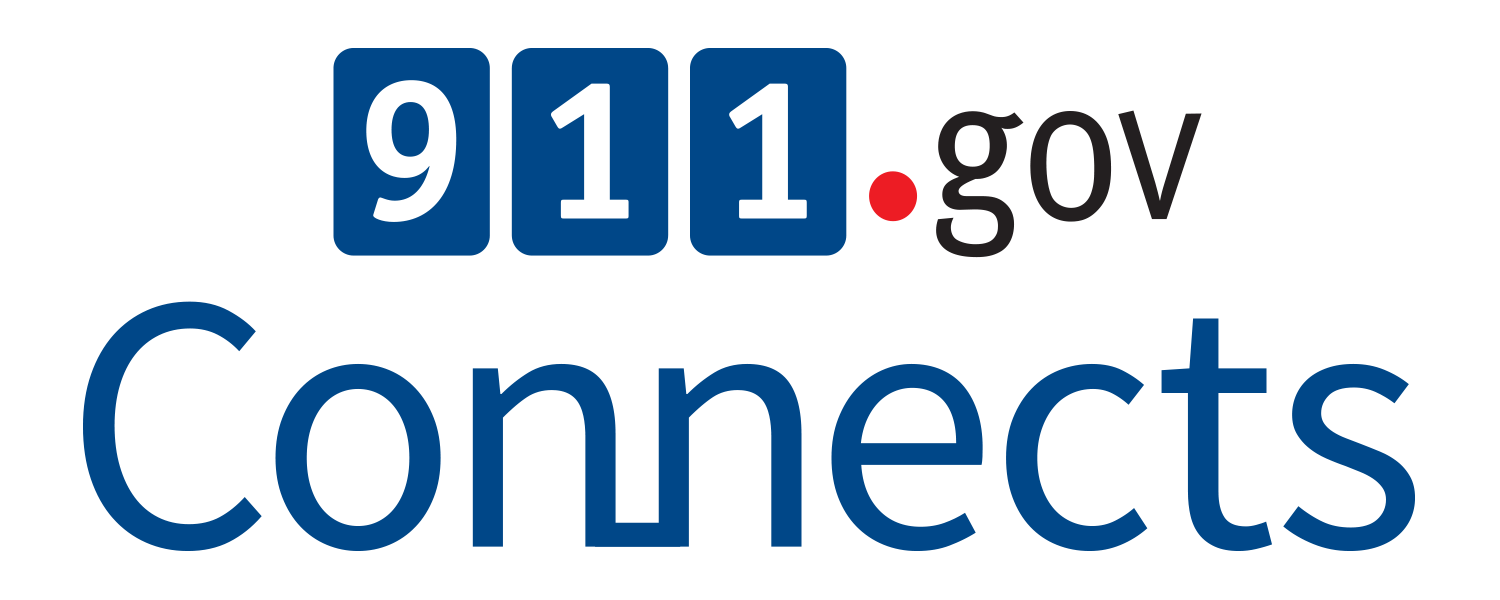News and Resources from 911 Federal Partners
Federal offices and national organizations across the country are creating tools to advance 911 systems, ranging in scope from preparing for NG911 to using federal funds for emergency communication projects
NASNA Resources to Guide NG911 Implementation
Many state and local 911 jurisdictions are considering a regional approach to implementing Next Generation 911 (NG911). The FCC’s Task Force on Optimal PSAP Architecture (TFOPA) recently produced a report which describes a variety of ways that regionalization could occur.
The National Association of State 911 Administrators (NASNA) used these recommendations to develop resources for 911 state and local jurisdictions planning to take the next step toward regionalization.
NASNA’s repository of resources contains case studies; examples of inter-governmental agreements, state grant programs and legislation; and a variety of studies, reports, presentations, testimonies and even a master’s thesis. “Local and state 911 managers and authorities can use these resources to help them provide leadership and support for the regionalization of 911 systems,” says Harriet Miller-Brown, NASNA President.
NASNA Emergency Management Paper
NASNA developed a resource that establishes best practices for 911 and emergency management agencies to improve their ability to cooperate during large-scale emergencies such as natural disasters or mass casualty incidents. The paper, 911 and Emergency Management, emphasizes the need for 911 authorities and emergency managers at every level to be aware of the interconnectedness of the two disciplines, lists opportunities for collaboration and sets forth simple best practices to implement.
NG911 Cybersecurity Primer
As NG911 is deployed, it will enhance the current capabilities of today’s 911 networks, but will also broaden avenues for potential attacks that can disrupt Public Safety Answering Point (PSAP) operations.
Learn more about how you can improve NG911 system cybersecurity with the NG911 Cybersecurity Primer, developed by the DHS Office of Emergency Communications in conjunction with the Department of Transportation. The primer is intended to help the 911 community better understand the range of potential security risks and ways to manage them. It’s a must-read for system administrators that details the risk landscape, lists tactics for improving NG911 cybersecurity and offers additional resources.
EPCP Grants Focus Group Reference Guide
Are you applying for federal grants? You should read what the federal grant program managers are reading as they prepare to issue funds. The Emergency Communications Preparedness Center, an interagency body focused on interoperable communications coordination within the DHS, recently updated the Federal Financial Assistance Reference Guide (ECPC Reference Guide). The document aids readers in understanding new national policies, laws and plans pertaining to financial assistance programs. It contains a listing of all federal programs that fund emergency communications – a valuable resource for any jurisdiction.
SAFECOM and NCSWIC
The Joint SAFECOM and National Council of Statewide Interoperability Coordinators (NCSWIC) Funding and Sustainment Committee announced the launch of several new documents for public safety to utilize regarding the challenges they face securing and sustaining funding to build, improve, expand and support the ongoing costs of public safety communications systems.
The first document, Funding Mechanisms for Public Safety Communications Systems, lays out various funding mechanisms (e.g., bonds, user fees, special taxes), and provides specific examples of states and localities that have leveraged that type of funding for improvements to their systems. This paper is intended to help public safety leaders and government officials learn how other states and localities are funding their public safety communications systems and start a discussion in their state.
The second set of documents is a set of three white papers on land mobile radio (LMR) technologies known as the LMR Trio. These documents can be used to educate decision-makers and funders as to the importance of LMR technologies, and the need to sustain and support LMR systems throughout the development of the nationwide public safety broadband network.



